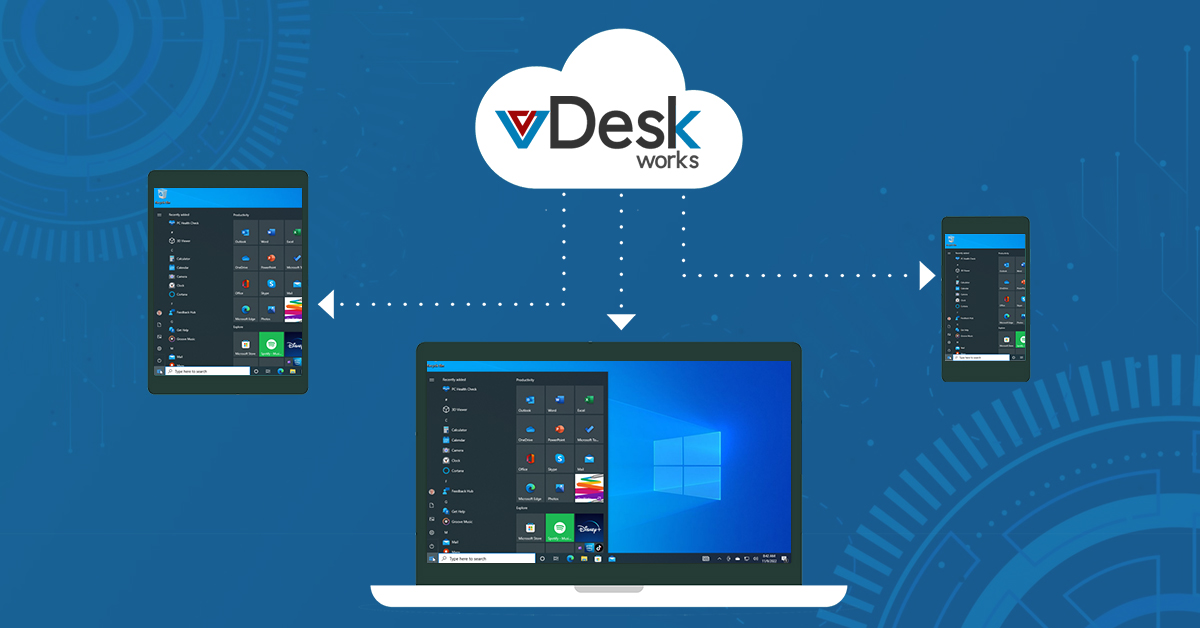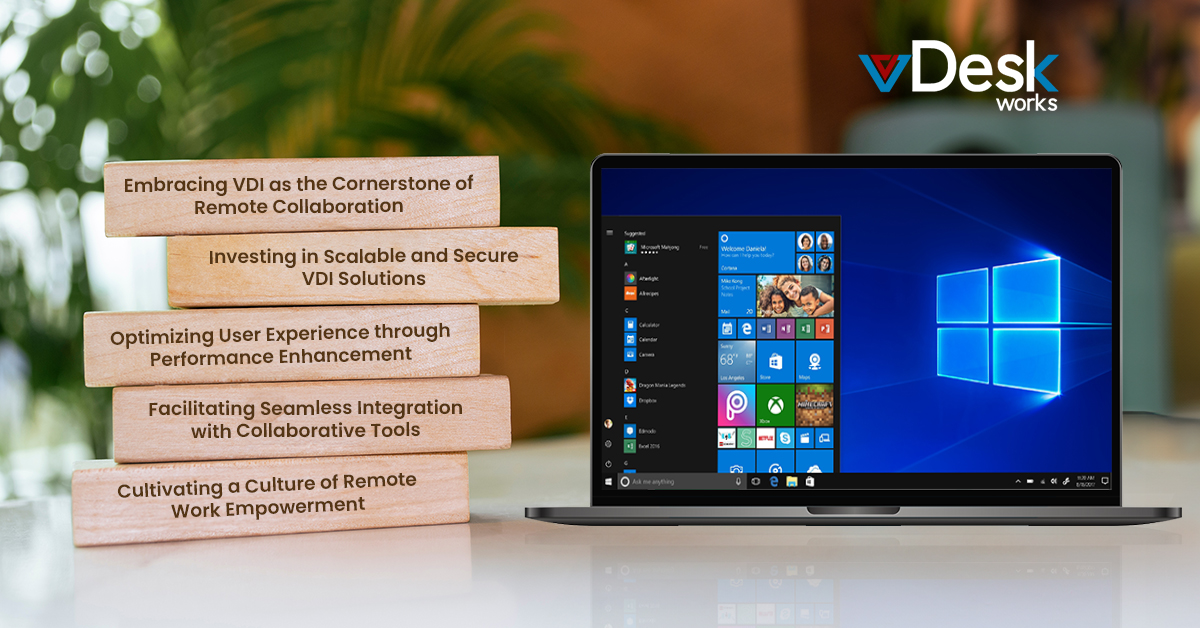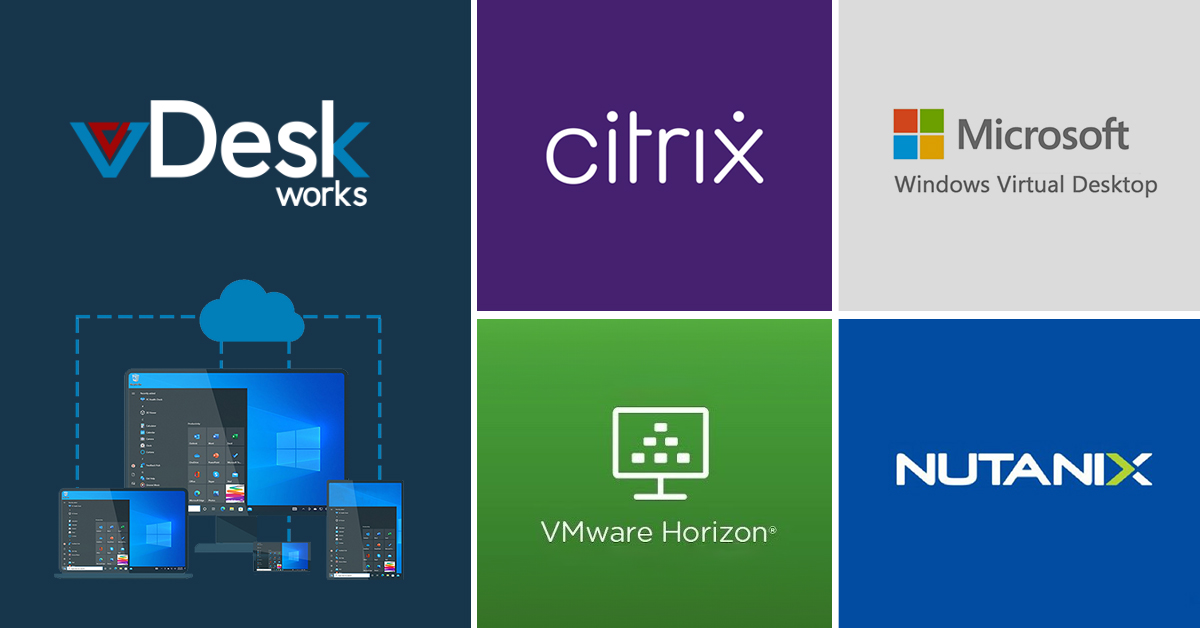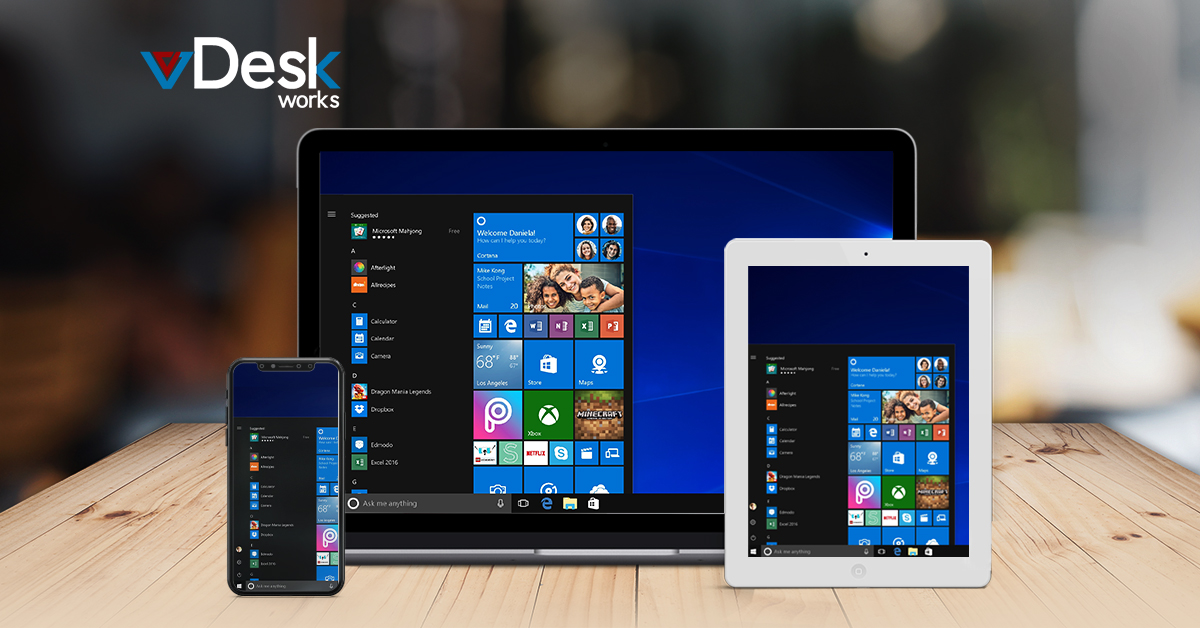Today's rapidly evolving educational landscape prompts universities to embrace cloud-based solutions for streamlining their IT infrastructure. The ascent of remote learning and collaboration has birthed Virtual Desktop Infrastructure as a game-changer, providing unrivalled flexibility and scalability in university IT environments. Cloud based private desktops solutions empower students, faculty, and university staff by allowing them access to their desktops and applications from anywhere at any time; robust security measures remain intact concurrently.
This guide presents seven best practices for optimizing your desktops in a university IT environment. The focus is on utilizing private desktop for cloud-based work and guaranteeing a secure solution with the Cloud private desktop:
#1 Before you dive into implementing private desktop, conduct a comprehensive assessment of your university's IT infrastructure needs
evaluate factors such as the number of users; consider types of applications in use and existing hardware capabilities. This critical evaluation will determine scalability requirements and guide you toward selecting an optimum PRIVATE DESKTOP solution for your institution.
#2 Opt for the Ideal private desktop Solution
The market teems with a vast array of Private Desktop solutions; thus, selecting the most suitable one for your university can prove daunting--however, there are certain factors you should consider. Seek out a cloud based private desktops solution that provides seamless integration with existing infrastructure and robust security features and offers scalability for future growth. When evaluating various options, prioritize user experience, performance, and cost-effectiveness: these factors will ensure an optimal decision-making process.
#3 Robust Security Measures
Security is paramount in any university IT environment, particularly during the deployment of cloud based private desktops solutions. Your selected private desktop solution must incorporate robust security measures; these include end-to-end encryption, multi-factor authentication--and role-based access control. To identify and address potential vulnerabilities, regularly update your security protocols and conduct thorough audits.
#4 Reliable network connectivity
Essential for seamless access to cloud based private desktops and applications; thus, investing in high-speed internet connections and optimizing the network infrastructure to reduce latency and downtime is crucial. To prioritize private desktop traffic--and guarantee a smooth user experience, especially during peak usage hours--consider implementing Quality of Service (QoS) policies.
#5 Transitioning to a cloud based private desktops environment may necessitate user adaptation to new workflows and technologies.
Thus, we propose offering comprehensive training programs to educate students, faculty, and staff on effectively utilizing private desktops and applications. In addition, providing ongoing technical support is crucial in addressing all potential issues or concerns; this instils confidence and encourages feedback for continual enhancement of user experience.
#6 Ensure Optimal Cloud based Private Desktops Environments
Monitor performance and usage metrics to optimize your cloud based private desktops environments; employ monitoring tools for tracking key performance indicators--response times, resource utilization, and user activity. Through a meticulous analysis of this data, identify trends and anticipate potential bottlenecks—thus optimizing resource allocation towards maximum efficiency.
#7 To ensure optimal performance and security in cloud based private desktops environments
one must regularly update and maintain the infrastructure. A proactive maintenance schedule should be implemented to apply patches, updates, and security fixes promptly. Furthermore, to accommodate changing user needs along with technological advancements, regular reviews of infrastructure configurations are critical – it's an ongoing process rather than a one-time setup.
Embracing Innovation: Leveraging Private Desktop for Enhanced Collaboration

Universities in the contemporary digital era champion the adoption of innovative technologies to cultivate collaboration and amplify learning experiences. The emergence of Virtual Desktop Infrastructure as a potent tool revolutionizes how students, faculty, and staff engage with desktops and applications. If universities transition towards cloud based private desktops solutions, they can dismantle geographical barriers; this facilitates seamless collaboration among stakeholders irrespective of their location. PRIVATE DESKTOP equips users with the flexibility to collaborate on group projects, access course materials remotely, and participate in virtual lectures; it truly enables a work-and-learn environment that transcends time and location.
Ensuring Data Security: Safeguarding University Assets in the Cloud
As academic resources and sensitive data increasingly digitize, universities must prioritize robust security measures. Advanced security features provided by cloud based private desktops solutions safeguard university assets and shield against cyber threats. The ability to enforce stringent access controls, encrypt sensitive data, and monitor user activity in real-time becomes possible for universities when they centralize desktops and applications in the cloud. Cloud based private desktops solutions facilitate automatic backups and disaster recovery mechanisms; they mitigate the risk of data loss, an assurance crucial for ensuring uninterrupted business continuity. When universities prioritize data security and compliance this way, confidently leveraging Private Desktop for cloud work becomes a reality – knowing that their valuable assets remain shielded against continually evolving cyber threats.
Addressing Accessibility Challenges with Cloud based Virtual Desktops
Ensuring equal learning and success opportunities for all students, modern education emphasizes accessibility. Cloud based private desktops solutions significantly address these challenges by offering flexible, inclusive learning environments. Through private desktop technology, students—regardless of their diverse needs—can access desktops and applications from their preferred devices: this accommodates various learning styles and physical abilities. Embracing cloud based private desktops solutions not only enables universities to create accessible learning environments but also empowers all students - particularly those with disabilities. By incorporating assistive technologies and customizable interfaces, these students can personalize their computing experiences for increased efficiency in resource access. This strategy of employing virtual desktop for cloud working breaks down barriers to academic involvement; it promotes diversity and inclusion within education at an exponential rate.
In the End
By following these seven best practices, universities can optimize their desktops for a cloud based private desktops environment. This approach enables them to secure and seamlessly access desktops and applications from anywhere, at any time. Adopting private desktop for cloud work enhances flexibility and productivity; moreover, it ensures the security and scalability of IT infrastructure in the constantly evolving educational landscape.


 Emma Carson
Emma Carson















